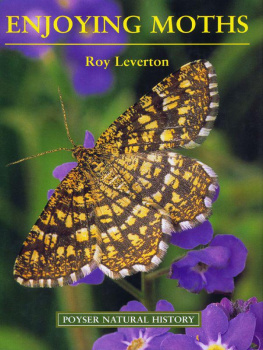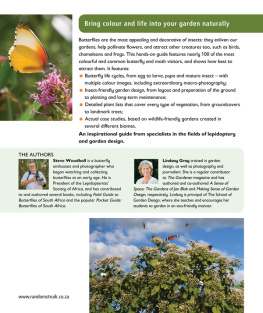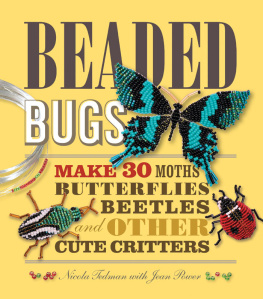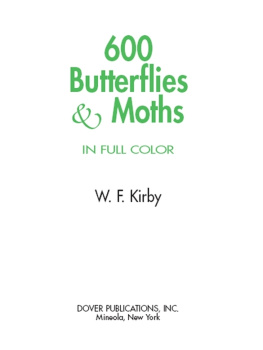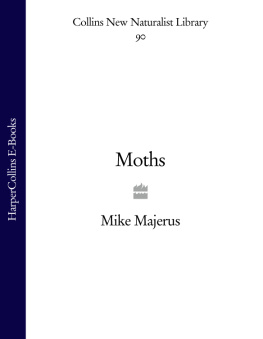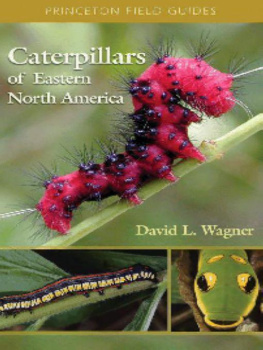Published by Princeton University Press
41 William Street, Princeton, New Jersey 08540
99 Banbury Road, Oxford OX2 6JX
press.princeton.edu
Copyright 2022 UniPress Books Limited
www.unipressbooks.com
All rights reserved. No part of this book may be reproduced
or transmitted in any form or by any means, electronic or
mechanical, including photocopying, recording, or by any
information storage-and-retrieval system, without written
permission from the copyright holder. Requests for permission
to reproduce material from this work should be sent to
permissions@press.princeton.edu
Library of Congress Control Number 2021948357
ISBN 978-0-691-22856-3
Ebook ISBN 978-0-691-23036-8
Typeset in Bembo and Futura
Printed and bound in China
10 9 8 7 6 5 4 3 2 1
British Library Cataloging-in-Publication Data is available
This book was conceived, designed, and produced by
UniPress Books Limited
Publisher: Nigel Browning
Commissioning editor: Kate Shanahan
Project manager: Caroline Earle
Designer & art directon: Wayne Blades
Picture researcher: Sharon DOrtenzio
Illustrator: John Woodcock
Maps: Les Hunt
Cover photos:
Igor Siwanowicz
(front cover: Actias dubernardi );
Shutterstock /Matee Nuserm
(back cover and spine: Mangina argus ).
INTRODUCTION
The world of moths
I ts the 1970s,and I am walking from school past a
high-rise apartment building. I suddenly stop in my
tracks,while my heart begins to race. On the brick
wall,I detect the unmistakable triangular shape of the
Red Underwing moth. Slowly, not to startle it, I approach;
even more slowly,I extend my hand and touch its hairy
back.The moth fl icks up its forewings, exposing a fl ash
of red from hind wings normally hidden from view,
in a desperate attempt to scare me o ff . When I touch it
again,the moth zooms up and perches high above the
ground,instantly becoming just another scaron the
bark of the tall poplar.
The diet of their caterpillars sustains the intimate
connection between moths and plants.Which plants occur
where is determined by numerous factors,from geography
and evolutionary history to soil composition and levels of
sunlight and water.And while di ff erent continents may
have di ff erent moth faunas, each moth community
whether in a rainforest or desertbears a distinct imprint
of its habitat. According to both habitat and geographic
region,moths also interact with a host of other
organismsas large as grizzly bears and as tiny as viruses.
In the present volume, we fi rst examine the moths
four stages of development, from egg to adult, and its
biology and behavior in di ff erent environments, before
venturing to explore examples of moths found in
vast habitats of tropical forest, grasslands, deserts,
and tundra. Certain moths have undergone interesting
adaptations to occupy aquatic habitats, and it may
come as a surprise to many that some species develop
in water.There are also moths that live in sloths
fur, drink bird tears, or even, as caterpillars, predate
on wasps or mollusks.The secret world of moths
is truly remarkable!
Of course, moths are mobile creatures, and many
of them move between habitats in search of nectar for
themselves or plants to lay their eggs on. Some species
even migrate seasonally and others are, like us, highly
versatile, and have formed di ff erent races speci fi cally
adapted to the habitats of their geographic region.
These, however, are exceptions rather than the rule,
and I hope that showcasing moths as integral parts of
their respective ecosystems will help in appreciating
these species roles in their environment.Today, when
natural habitats are disappearing at an unprecedented
rate, yielding to those created by humans, underscoring
the connection between habitat type and the unique
species that they harbor becomes vitally important.
Only by conserving habitats can we preserve the
precious species that inhabit them.
Andrei Sourakov
Two beautiful moths
that the author first encountered
as a child inside the city: the Red
Underwing ( Catocala nupta ) that
develops on poplar (top) and the
Elephant Hawk Moth ( Deilephila
elpenor ), whose caterpillars eat
rosebay willowherb along rail
tracks and in urban wasteland.
INTRODUCTION
The evolution of mothsinsects of
ancient lineage in the order Lepidoptera
is intimately entwined with that of plants.
While their diversification occurred during
the rise of flowering plants from around
130 million years ago, gymnosperm plants
70 million years earlier appear to have
played an important role in their origins
and speciation.
What is a moth?
THE ORIGINS
It was the recent discovery of a 200 million-year-old
fossilized moth in Germany that pushed back the
probable date of Lepidoptera origins and prompted the
hypothesis that during the Jurassic period, before there
were fl owers, moths developed a sucking proboscis to
sip droplets of moisture from the tips of immature seeds
of plants related to todays conifers.The proboscis
part of the maxilla (mouthparts) called galeae, zipped
together into a straw-like organcontinued to evolve
and today distinguishes most (though not all) moths
and butter fl ies from other insects, whose classi fi cation
has traditionally been based on mouthparts. Some
moths have retained their chewing mouthparts,
but they are in a minority.
MOTH OR CADDISFLY?
Their closest relatives are Trichoptera (caddis fl ies),
which also developed in the early Jurassic period,
and together with Lepidoptera form a group called
Amphiesmenoptera.While the two share some
characteristics, such as larvae that can produce silk,
there are major di ff erences; the wings of moths,
for instance, are covered in scales, while those of




